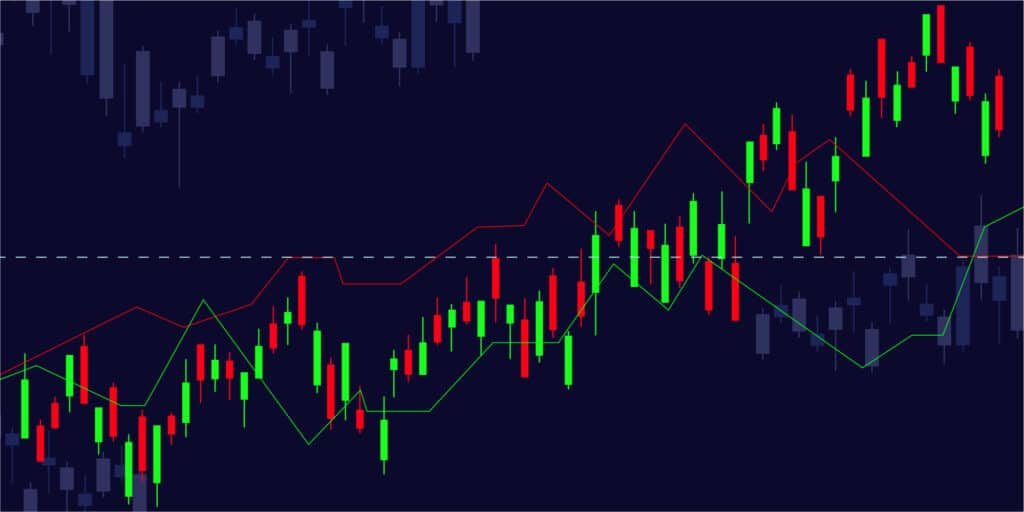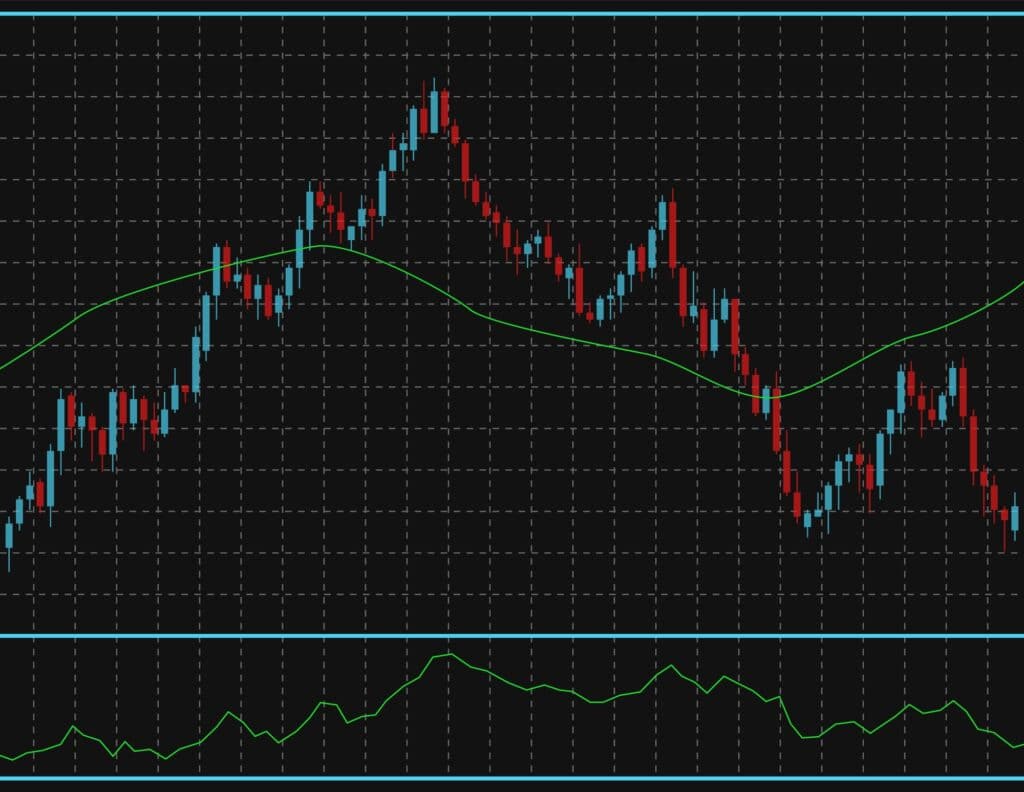Crypto trading involves a lot of buying and selling of cryptocurrencies, primarily because cryptocurrencies are very volatile. Traders know how to analyze the market and use different strategies to monitor price patterns.
Among the various technical analyses traders use to identify profitably emerging trends, one popular trend they use is the price channel. This classic pattern is also called "bullish price channel" or "ascending channel." Let's get into further details about the pattern traders use to "buy the dip."

The Ascending Channel Basics
An ascending channel records the range of upward price movements between very accurate limits, the support level, and the resistance level. Technical analysts construct the main trend line that connects the swing lows. Then a parallel line called the channel line is drawn connecting the two highs. The higher highs and higher lows distinguish this price pattern.
The price doesn't need to remain within the pattern's parallel lines; instead, the main trend line acts as a support area from where the price recovers, and the channel line acts as a resistance area from where the price turns down.
When the price exceeds the channel line, it can signal a continuation of the cost to increase more. On the other hand, if the price breaks through the trend line, it can indicate a possible change in trend. As the price continues to pick up inside the channel, the ascending trend is considered bullish.
Trading Using The Ascending Channel
As ascending channels show a clearly defined uptrend, traders usually swing trade between the pattern's resistance and support levels or trade in the direction of a breakdown or breakout. Let's take a closer look at the strategies traders use by analyzing the Ascending channel to enter and exit a market.
Support And Resistance
When a stock's price reaches the ascending channels lower trend line, traders usually enter the market. When the price appears near the upper channel line, traders sell the stock and exit the market, making a profit. Traders who use this strategy should ensure enough distance between the two parallel lines on the ascending channel to set a sufficient reward/risk ratio.
As the price continues to rally inside the channel, the trend is considered bullish. Traders use the main trendline to buy stocks as it offers a low-risk entry opportunity. A breakout above the channel indicates a pickup in bullish momentum, while a break below the channel signals a possible change in trend.
Breakouts
Some traders buy a stock when its price exceeds the upper channel line of an ascending channel. Usually, the channel's breakout signals an increase in bullish momentum, but this is not always the case. In some cases, breakouts turn out to be bull traps, so placing a stop-loss order can prevent losses, should there be a downfall in prices.
Most of the time, when there is a price breakout, there is a rise in bullish momentum and, if sustained, results in a more substantial rally. However, confirming such a breakout requires in-depth analysis and other technical indicators before closing a position.
Breakdowns
When a price breaks below the lower trend line of an ascending channel, it starts a downward trend attracting strong selling. But traders should look for other indicators that show weakness in a pattern before selling their stock. When the price fails to reach the upper trend line frequently, it's one of the signs to exit the market.
However, breakdowns don't result in a prolonged downward trend in some cases. When the price breaks below the main trendline, it fluctuates in that range but resumes an upward trend. With the help of other technical indicators, traders should decide whether or not to sell their stocks or buy a stock when its price is below the main trend line. One such example is the Bitcoin ascending channel showing a downward trend in June 2020 but gaining momentum later.

How To "Buy The Dip" Using The Ascending Channel
Traders use different indicators and technical analyses to identify market trends and generate profits. An ascending channel indicates a strong uptrend and provides an opportunity for traders to buy a stock when it reaches the main trendline.
The ideal moment to invest in a stock is to buy near the main trendline of a rising channel and exit when the price reaches the top. However, if the price shifts between the channel for a prolonged period of time, enter or exit near the extremes of the narrower channel. If there is a breakthrough at the top or bottom, do not take any action until a new channel develops.
What Are Envelope Channels?
An envelope channel is another form of technical analysis that combines both ascending and descending channel patterns. Envelope channels are typically used to chart a stock's price pattern over a more extended period of time. In contrast, ascending channels indicate a security's price immediately following an uptrend or downtrend.
Key Takeaways
The ascending channel indicates the early stages of a strong uptrend and provides traders with an opportunity to buy the dips near the main trendline.
When there is a breakout at the top of the channel, chances are a pickup in momentum resulting in a sharp growth. However, it is better to wait for a successful retest of the breakout level to establish a brand-new place, as sometimes a breakout can be a bull trap.
When there is a break below the main trendline, it is a sign that the upward trend has ended; however, this does not always lead to a downward trend. Sometimes, the price fluctuates in a lower range after breaking below the channel, but as there is an increase in the quantity, the prices will begin a brand-new upward trend.
The ascending channel is a great way to determine the stock's price immediately after reversal. Still, it should not be the only technical tool traders use to analyze price dips and rises. For most profitable results, traders need further insight before making buying and selling decisions.
The post The Classic Pattern Traders Use to Determine When to 'Buy the Dip' appeared first on Fat Pig Signals.
https://ift.tt/PiIFH7A

Nenhum comentário:
Postar um comentário